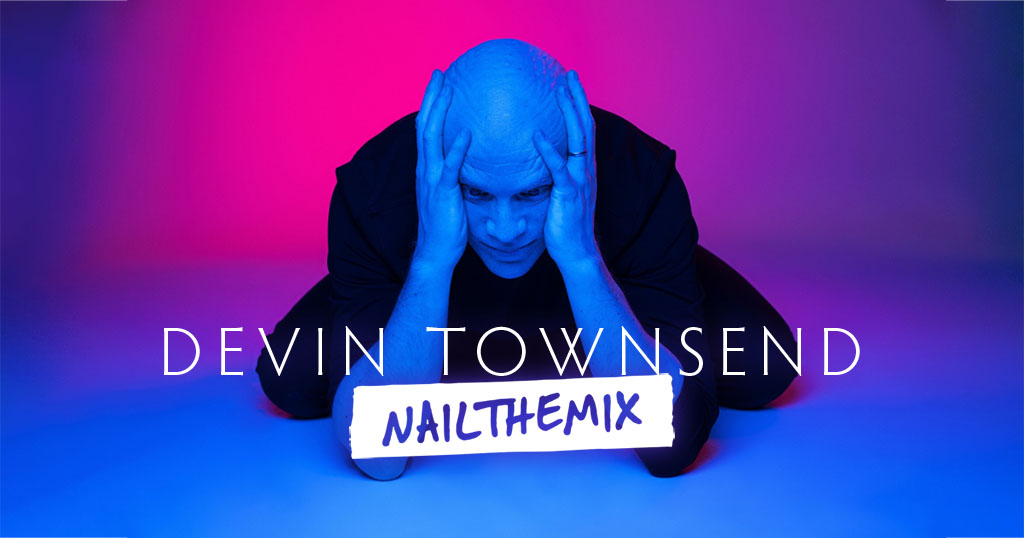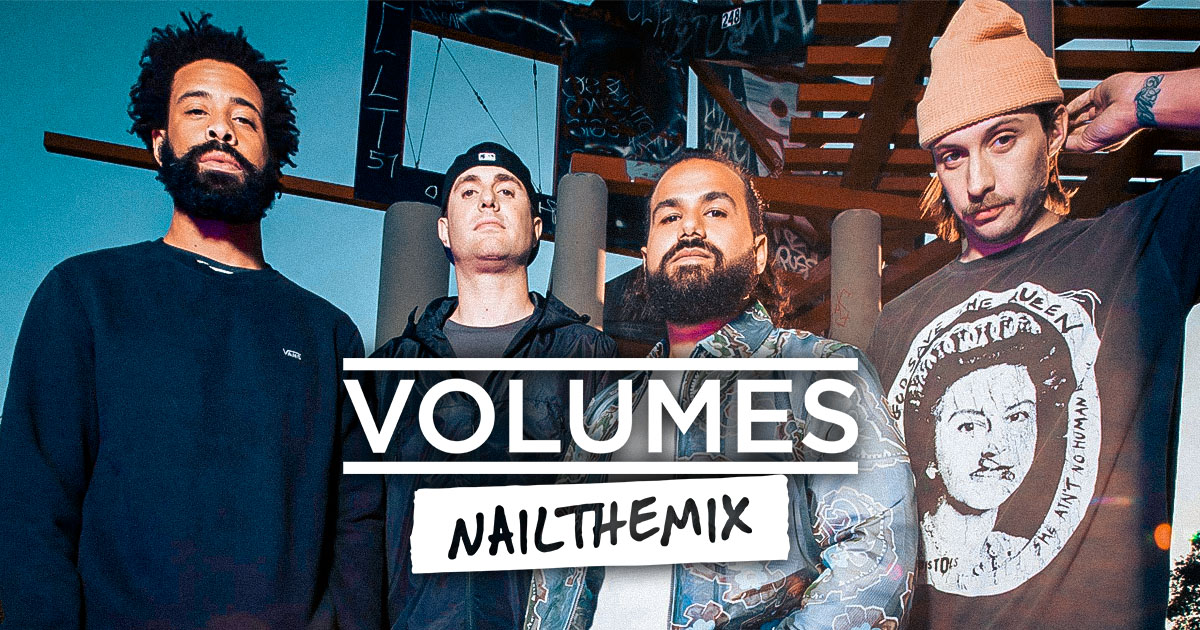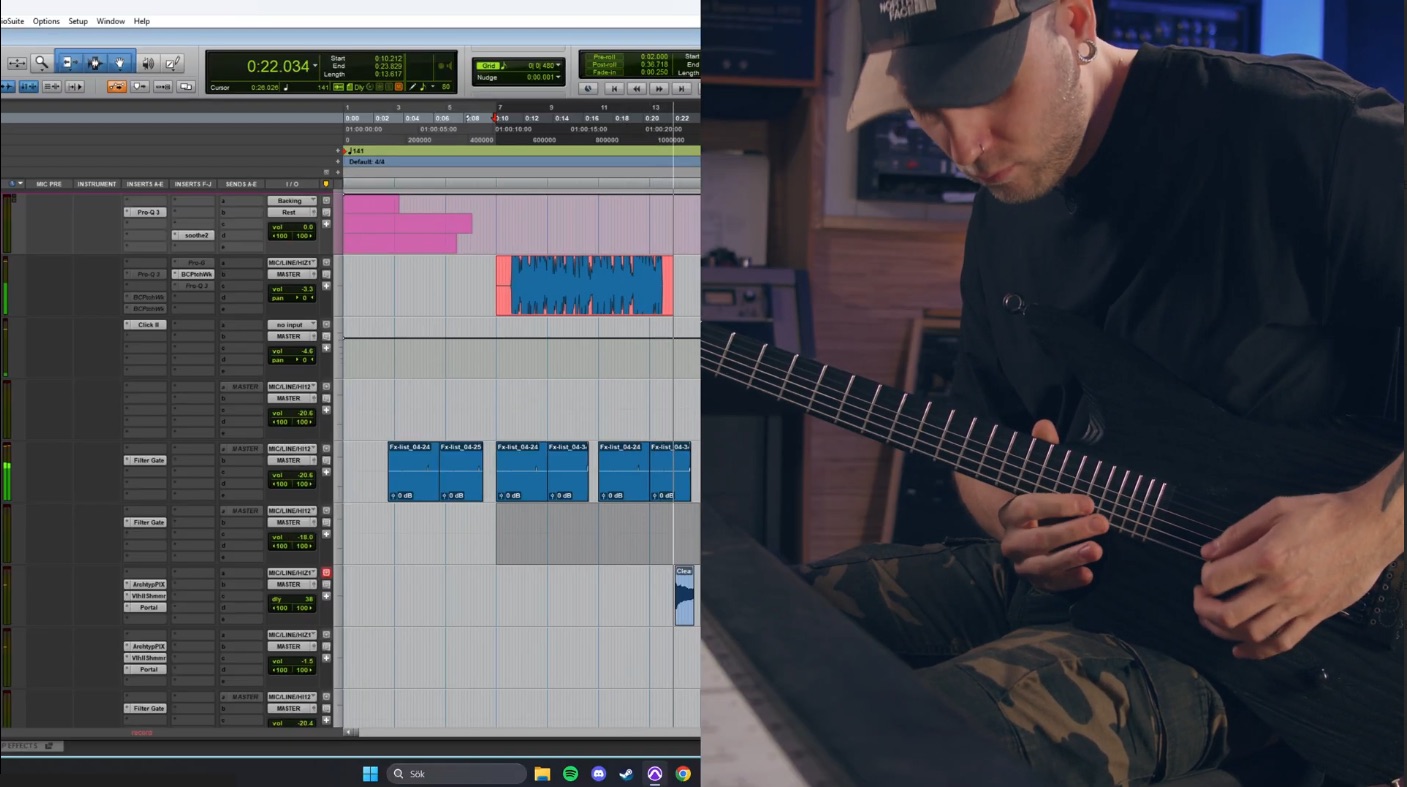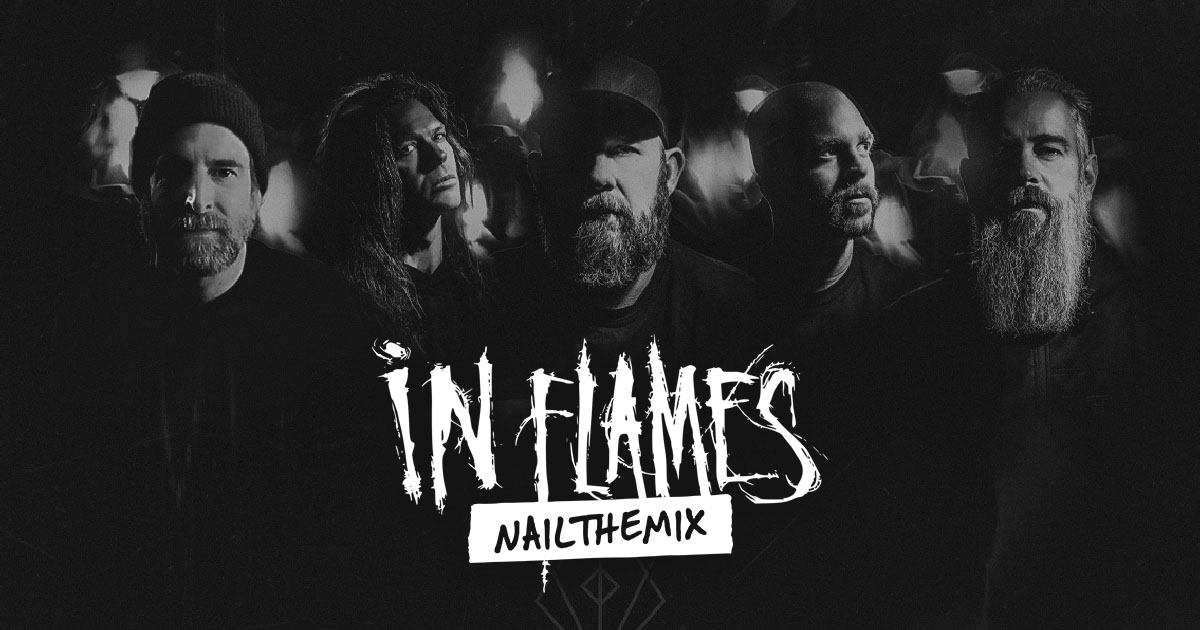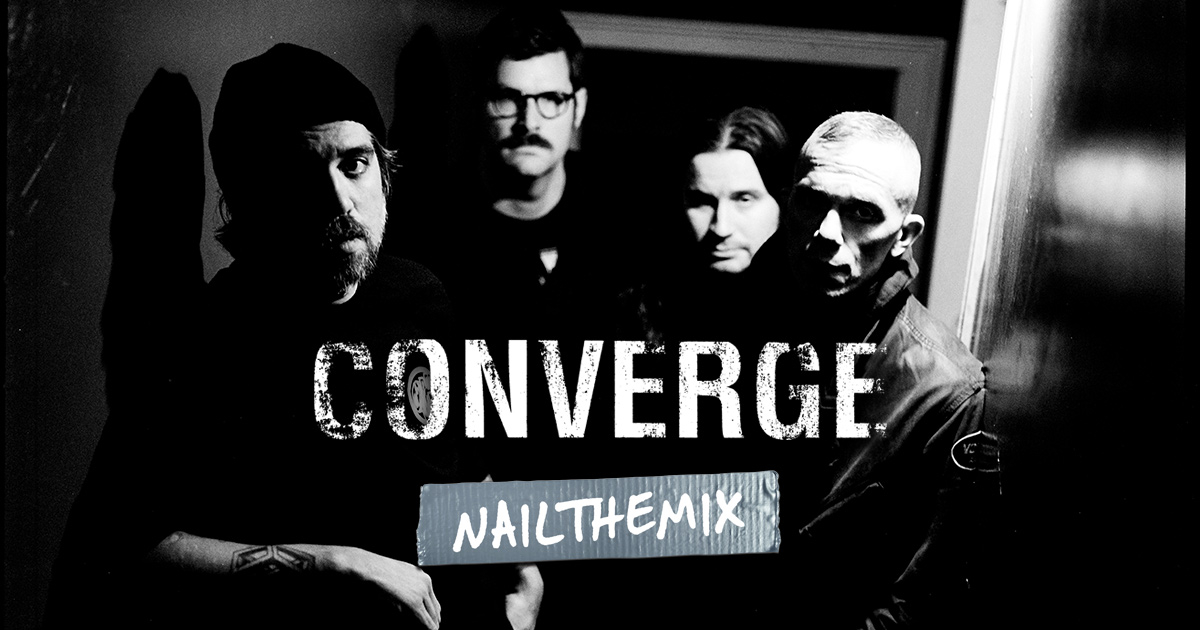
How Kurt Ballou’s “Turbo Track” Shapes Converge’s Pummeling Drum Tones
Nail The Mix Staff
The drum sound on a Converge record is unmistakable. It’s a chaotic, powerful, and raw force of nature that still manages to punch through a dense wall of guitars with biting clarity. It’s a sound many have tried to replicate. So how does producer and guitarist Kurt Ballou himself achieve that signature aggression?
While mixing “I Can Tell You About Pain,” Kurt gave a masterclass on how he dials in his pummeling drum tones, revealing a killer technique he calls the “Turbo Track.” Forget basic sample blending; this is a far more nuanced and powerful approach to adding character and attack. We’re diving into the details from his Nail The Mix session to show you how it works.
Building the Core Kick Sound
Before you can add any special processing, you need a solid foundation. For this track, Kurt builds his kick sound from a well-captured sample of a 1970s Slingerland kit—a classic mahogany shell that provides a warm, character-rich starting point.
The sound isn’t from just one microphone; it’s a careful blend of three, each serving a specific purpose.
Blending the Kick Mics
- Inside Mic (Shure Beta 91A): This is the heart of the attack. Placed inside the kick, the Beta 91A captures that sharp, immediate beater-to-head “click” and punch. Kurt favors this mic heavily in the blend to ensure the kick cuts through.
- Outside Mic (AKG D12): Positioned outside the resonant head, the D12 is all about capturing the “boom” and low-mid body of the shell. It adds weight and a sense of air movement to the sound.
- Subkick (Yamaha Subkick): This is for pure low-end reinforcement. The Subkick focuses on those sub-bass frequencies that you feel more than you hear, giving the kick its foundational gut punch.
Within his sampler, Kurt also shapes these sources with built-in tools skinned to look like his go-to analog gear—a Daking-style EQ and a Distressor-style compressor—to get the tone most of the way there before any other tricks are applied.
The Secret Weapon: Meet the “Turbo Track”
Here’s where the real magic happens. The “Turbo Track” is a parallel processing technique designed to inject a ton of smack, aggression, and targeted character into a drum hit without destroying the natural sound.
The Analog Origins with Matt Ellard
This isn’t some new-school digital invention. Kurt learned the concept from producer Matt Ellard during the mixing of Converge’s seminal album, Jane Doe. The album was mixed on a Neve 8078 console, and Matt used a crafty analog signal chain.
He would “mult” the drum tracks—essentially splitting a single source to multiple outputs on the patch bay. One output would go back to the console as the clean, primary drum sound. The other would be sent through a gnarly processing chain:
- A Gate (like a Drawmer DS201): Used aggressively to create a sharp “pop” as it opened.
- A Smack-y Compressor (like a Valley People Dynamite): A super-fast, aggressive VCA or FET compressor would slam the signal, exaggerating the transient.
- A Separate EQ: To further shape the aggressive character of this parallel signal.
This processed “turbo” signal was then blended in underneath the main drum track to add reinforcement and attack—a way to get the vibe of a one-shot sample but using the actual live performance.
The “Turbo Track” in the Digital World
Kurt has brilliantly adapted this concept for his sample library. Instead of building the chain yourself, he provides a separate set of pre-processed samples that were captured through a full analog chain of EQ, compression, and saturation. You can then blend this “Turbo” layer in with the clean, primary sample.
The real power comes from three key controls.
Key Controls for Ultimate Smack
- Velocity Threshold: This is the most brilliant part of the technique. You can set the “Turbo” layer to only trigger on hits that are above a certain velocity. For the fast snare roll that opens “I Can Tell You About Pain,” this means the louder, accented hits get that extra crack, while the softer ghost notes in between remain clean and natural. This preserves the human dynamic of the performance.
- Volume/Blend: This is your wet/dry control, allowing you to dial in just how much of that aggressive, processed character you want to mix with the primary sample.
- Sustain: This control shapes the texture of the turbo hit. For a fast, tight track like this one, Kurt keeps the sustain short, adding crack without a long, messy decay. But if you wanted a dirty, ringy, noise-rock snare sound (think Unsane), you could crank the sustain up and let it ring out.
By blending in the kick’s turbo track, Kurt tightens up the low-end, adds level consistency, and gives it that crucial 2kHz presence that helps it slice through the mix. On the snare, it reinforces the hard hits, giving them weight and attitude that makes the whole performance more explosive.
Putting It All Together for a Vicious Converge Sound
Creating that iconic Converge drum tone is a process of layering and careful reinforcement. It’s not about just finding one perfect sample, but about building a composite sound that has both natural body and surgically-applied aggression.
The workflow is simple but devastatingly effective:
- Start with great, multi-miced source sounds that give you foundational punch, body, and weight.
- Introduce the “Turbo Track” as a parallel layer of pre-processed aggression.
- Use the Velocity Threshold to apply the effect only where you need it, preserving the natural dynamics of the performance.
- Shape the texture with the Sustain and Volume controls to perfectly match the vibe of the song.
These are the kind of deep-dive techniques that separate good mixes from truly great ones. Hearing about the “Turbo Track” is one thing, but seeing Kurt Ballou actually dial it in, automate it, and make it sit perfectly with thundering bass and guitars is a whole other level of learning.
Converge on Nail The Mix
Kurt Ballou mixes "I Can Tell You About Pain"
Get the Session
On Nail The Mix, you can watch the entire mixing session for Converge’s “I Can Tell You About Pain” and see exactly how Kurt uses these tools to craft his signature sound. If you’re ready to move past presets and learn how the pros really get their sound, it’s time to unlock your sound with us. Get access to the Converge multitracks and see for yourself.

